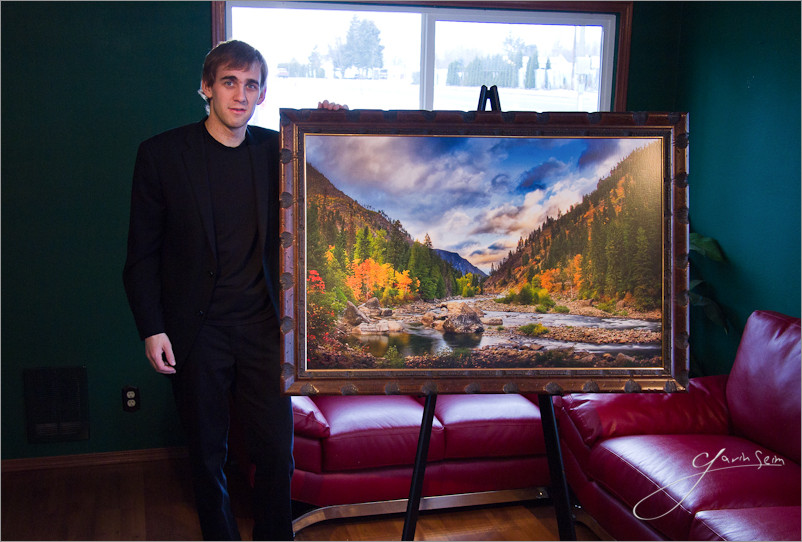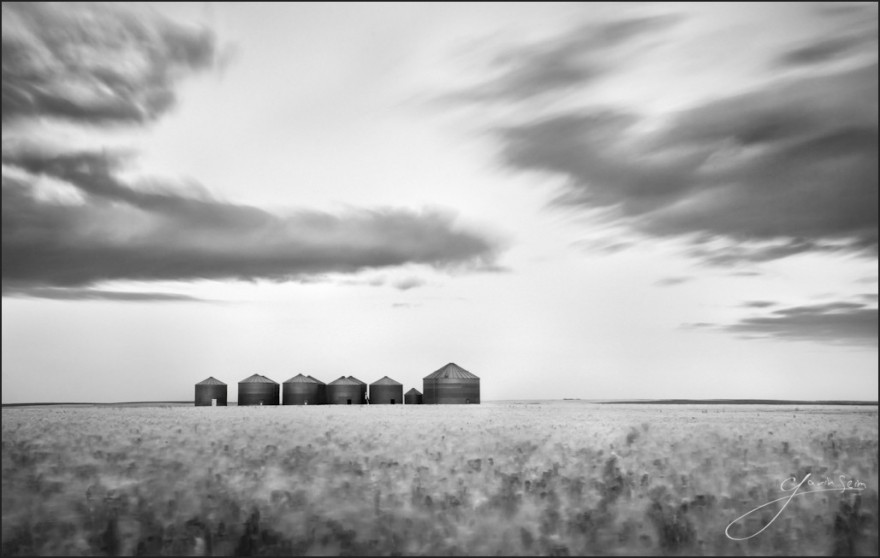
by Gavin Seim: A lot of photos are being made these days. Some bad, some good, some amazing. But what gets me is how little we’re doing with them. Art seems to have become something that lives on Facebook. Most the worlds photographers seem to not even be selling prints to their clients. They just hand them digital file and the cycle of images that exist in nowhere but bits goes on. A few Facebook likes and comments later, the image disappears into the mists of digital bliss.
When we do make prints they tend to be small and cheaply presented. We find the cheapest company to make a gallery wrap that can be bought at WalMart. We buy a plain print, or whatever cheap new product the labs are kicking out in bulk. We take whatever is available. Often it seems we’re not selling heirlooms, we’re selling throw-aways. Has the beautiful art of printing and presentation been lost? Is this good enough?
I say no.. Most images mean nothing until their properly hanging on the wall.
I’m not trying to slam anyone here. I just think serious photographers should think more about the potential of their images and how well their using it. On the business side this is very relevant and wall prints can make a major diffence is sales and profits. Read, Wall Portraits. Why the 8×10 Is Stealing Your Impact & Profit. This stuff matters to our craft.
Sure there are commercials jobs and stock, there are a few projects where prints are not as relevant. But most of the time that’s not really the case. In truth I think we started doing all this because it was easier. It’s a lot of work to make and sell great prints. So we’ve lowered expectations.
Printers and paper options are getting less expensive and have countless choices of presentation and creativity. I bought a Canon 8300 wide format printer last year and just making my own prints has changed the way I think. I no longer just settle for what’s easy. I study mediums, mounting and presentation. I’m getting into mounting prints myself and looking at how I can stand out with unique offerings. While I still offer digital files if needed, my focus has shifted almost entirely to making and selling prints. And it feels so good.
So what does all this mean. Not that you need to go buy your own printer right now, or take your work in an entirely new direction. But you might find you want to do both. My bottom line is that we owe it to ourselves and our clients to start thinking about how we can be better presenting images, what sizes are appropriate. About how we can make more than a digital file and start producing furnishings for walls. Very few people are making really quality wall art. It’s about the only photo market that’s not over saturated right now.
It’s not easy and it’s not cheap to make and display great prints. But so few are doing it anymore that it’s not only satisfying, it’s become a great opportunity to set yourself apart and stand out in a crowded industry. Doing it well is more than just making an 11×14 and buying a frame at Target. It takes time, study and planning. But the reward is like nothing nothing else.
I hope to post an article soon looking in detail and at the mounting and presentation options I’ve been studying and working with. But what do you think? Am I crazy, have you found presentation ideas that are unique and working for you. Share your thoughts in the comments… Gav





